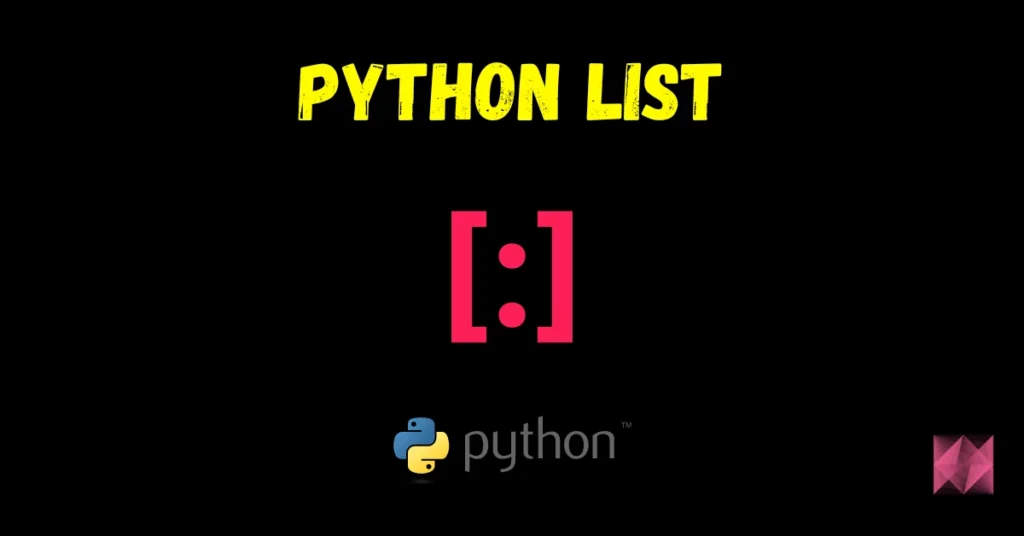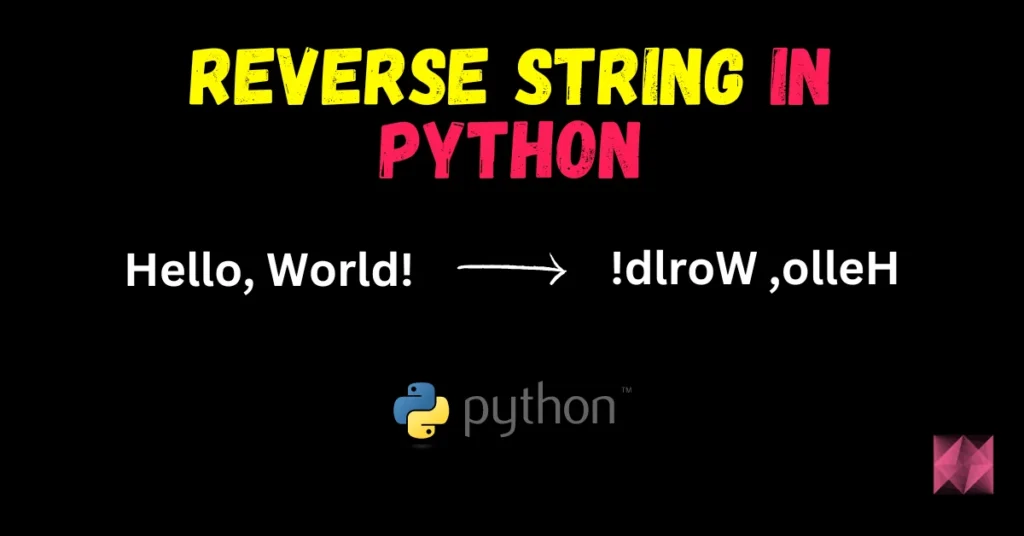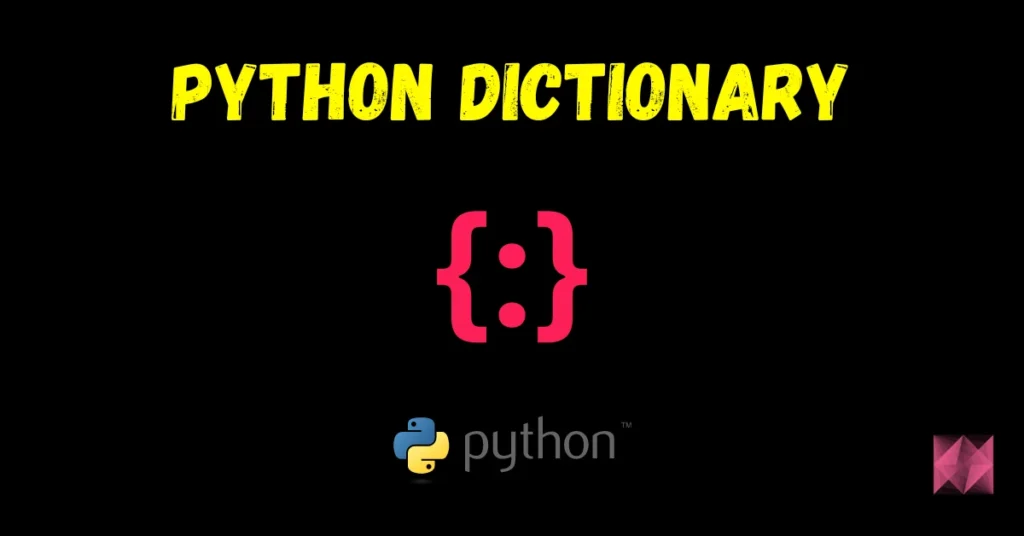Hey guys, in today’s blog we will see how we can code a tic-tac-toe game in Python. This is going to be a very interesting blog, so without any further due, let’s do it…
When it comes to learning programming, practical projects can be incredibly rewarding. One such project that combines fun and learning is creating a Tic-Tac-Toe game in Python. This classic game not only entertains but also serves as a great exercise to enhance your coding skills. In this article, we’ll guide you step by step through the process of building a simple yet engaging Tic-Tac-Toe game using Python.
Understanding the Basics of Tic-Tac-Toe
Tic-Tac-Toe, also known as Noughts and Crosses, is a two-player game where each player takes turns marking a cell in a 3×3 grid. The goal is to be the first to form a horizontal, vertical, or diagonal line of three of your symbols (either “X” or “O”) on the grid. If all cells are filled without a winner, the game ends in a draw.
The Basics: Building the Foundation
Tic-Tac-Toe is a two-player game played on a 3×3 grid. Players take turns marking a cell with their respective symbols, usually ‘X’ and ‘O’. The goal is to be the first to form a line of three of their symbols horizontally, vertically, or diagonally. Let’s start by building a simple version of the game using Python’s basic constructs.
Code for Tic-Tac-Toe Game in Python
# Tic-Tac-Toe game in Python
board = [" " for x in range(9)]
def print_board():
row1 = "| {} | {} | {} |".format(board[0], board[1], board[2])
row2 = "| {} | {} | {} |".format(board[3], board[4], board[5])
row3 = "| {} | {} | {} |".format(board[6], board[7], board[8])
print()
print(row1)
print(row2)
print(row3)
print()
def player_move(icon):
if icon == "X":
number = 1
elif icon == "O":
number = 2
print("Your turn player {}".format(number))
choice = int(input("Enter your move (1-9): ").strip())
if board[choice - 1] == " ":
board[choice - 1] = icon
else:
print()
print("That space is taken!")
def is_victory(icon):
if (board[0] == icon and board[1] == icon and board[2] == icon) or \
(board[3] == icon and board[4] == icon and board[5] == icon) or \
(board[6] == icon and board[7] == icon and board[8] == icon) or \
(board[0] == icon and board[3] == icon and board[6] == icon) or \
(board[1] == icon and board[4] == icon and board[7] == icon) or \
(board[2] == icon and board[5] == icon and board[8] == icon) or \
(board[0] == icon and board[4] == icon and board[8] == icon) or \
(board[2] == icon and board[4] == icon and board[6] == icon):
return True
else:
return False
def is_draw():
if " " not in board:
return True
else:
return False
while True:
print_board()
player_move("X")
print_board()
if is_victory("X"):
print("X wins! Congratulations!")
break
elif is_draw():
print("It's a draw!")
break
player_move("O")
if is_victory("O"):
print_board()
print("O wins! Congratulations!")
break
elif is_draw():
print("It's a draw!")
break
- print_board() function as the name says just helps in printing the current tic-tac-toe board.
- player_move() function is the most important function in this tic-tac-toe game. This function takes the position as input from the user and fills that position in the board with the symbol of that player.
- is_victory() function just checks if any of the two players have won or not.
- is_draw() function checks if the game is drawn or not.
- And then comes our main while loop which keeps the game going.
- This program will stop only when either one player has won or the game is drawn.
Demo of Tic-Tac-Toe Game

Download the Source Code for the Tic-Tac-Toe Game
Enhancements: Elevating the Experience
Once you’ve grasped the basic implementation, it’s time to enhance the game further. Here are some ideas:
- AI Opponent: Implement an AI opponent using algorithms like Minimax to create a challenging single-player experience.
- GUI with Tkinter: Instead of a terminal interface, create a graphical user interface (GUI) using the Tkinter library for a more user-friendly interaction.
- Customization: Allow players to choose their symbols, the board size, or the winning line length, adding a layer of customization to the game.
- Scalability: Scale up the game to support more players on a larger grid, making it a multiplayer extravaganza.
- Persistent Scoreboard: Implement a feature to track players’ wins, losses, and draws across multiple sessions.
Conclusion
Creating a Tic-Tac-Toe game in Python is an excellent way to reinforce your programming skills while having fun. Personal projects like this help you apply what you’ve learned, troubleshoot real-world challenges, and boost your confidence as a programmer. As you continue your coding journey, don’t hesitate to tackle more complex projects and explore new programming horizons.
FAQs
What is Tic-Tac-Toe?
Tic-Tac-Toe, also known as Noughts and Crosses, is a classic two-player game played on a 3×3 grid. Players take turns marking cells with their respective symbols (‘X’ or ‘O’) in an attempt to form a line of three of their symbols horizontally, vertically, or diagonally.
Why is Tic-Tac-Toe popular among programmers?
Tic-Tac-Toe serves as an excellent learning tool for programmers, especially beginners. It helps them practice fundamental concepts like data structures, conditional statements, loops, and user input handling. It also provides a platform to explore more advanced topics such as AI algorithms and graphical user interface (GUI) development.
How can I create a basic Tic-Tac-Toe game using Python?
Creating a basic Tic-Tac-Toe game involves setting up a 3×3 grid, taking player inputs, checking for wins or draws, and handling the game loop. You can use Python’s built-in data structures and control flow to achieve this. Sample code and tutorials are readily available online to guide you through the process.
What enhancements can I make to a basic Python Tic-Tac-Toe game?
Once you’ve mastered the basics, you can consider adding features like an AI opponent using algorithms like Minimax, creating a GUI interface using libraries like Tkinter, adding customization options for players, implementing a persistent scoreboard, and even scaling up the game to support more players or larger grids.
How can I implement an AI opponent in my Tic-Tac-Toe game?
To implement an AI opponent, you can use the Minimax algorithm, which evaluates possible moves to determine the best move for the AI. This algorithm ensures that the AI plays optimally and offers a challenge to human players.
Can I create a multiplayer version of Tic-Tac-Toe using Python?
Absolutely. You can modify the game logic to accommodate more players and larger grids. However, keep in mind that as the grid size increases, the complexity of the game and the potential for longer gameplay also increase.
Are there any GUI libraries I can use to make the game visually appealing?
Yes, you can use libraries like Tkinter to create a graphical user interface for your Tic-Tac-Toe game. Tkinter provides tools to design windows, buttons, and other interactive elements, making your game more user-friendly and visually engaging.
What skills can I learn from creating a Tic-Tac-Toe game in Python?
Creating a Tic-Tac-Toe game can help you develop skills such as problem-solving, algorithmic thinking, user input handling, graphical interface design, AI programming, and more. It’s a practical way to apply programming concepts and gain hands-on experience.
Where can I find resources to help me create a Tic-Tac-Toe game in Python?
You can find numerous online tutorials, articles, and code samples that guide you through creating a Tic-Tac-Toe game in Python. Websites, coding forums, and educational platforms often offer step-by-step instructions and explanations.
Is Tic-Tac-Toe solely for learning purposes, or can it be an entertaining game as well?
While Tic-Tac-Toe is often used as a learning exercise for programming beginners, it is indeed an entertaining and strategic game in its own right. While it may seem simple, it can still provide enjoyable challenges and opportunities for strategic thinking, especially when playing against skilled opponents.
So this is how you can code the Tic-Tac-Toe game in Python. If you have any doubt regarding this, you can contact me by mail.
Check out our other Python programming examples…
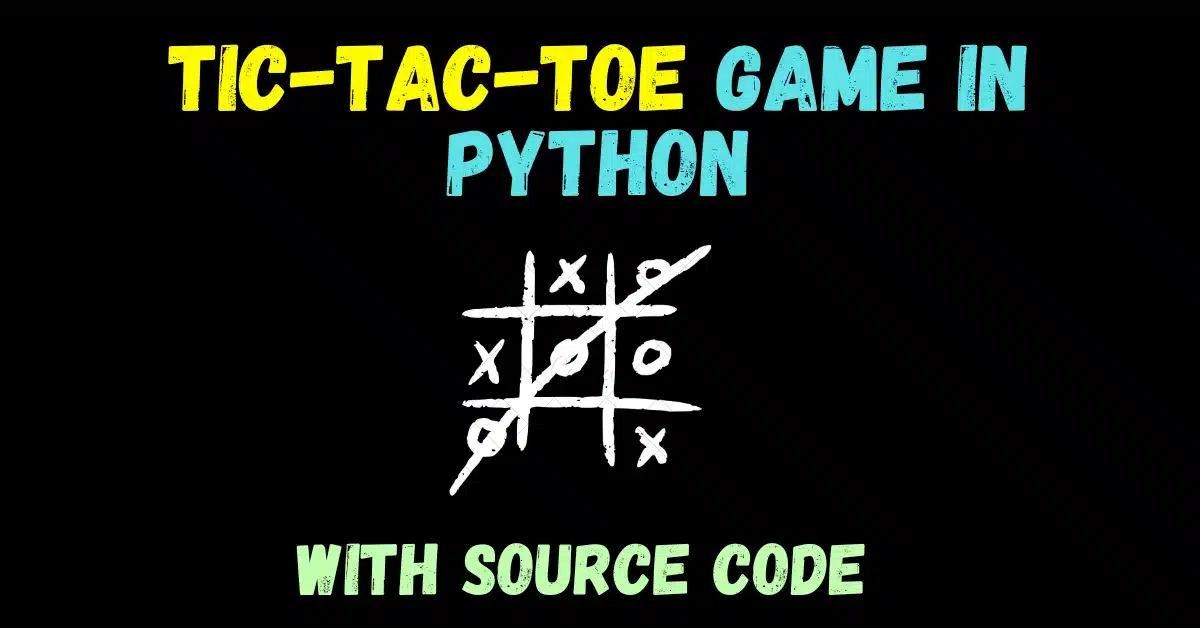
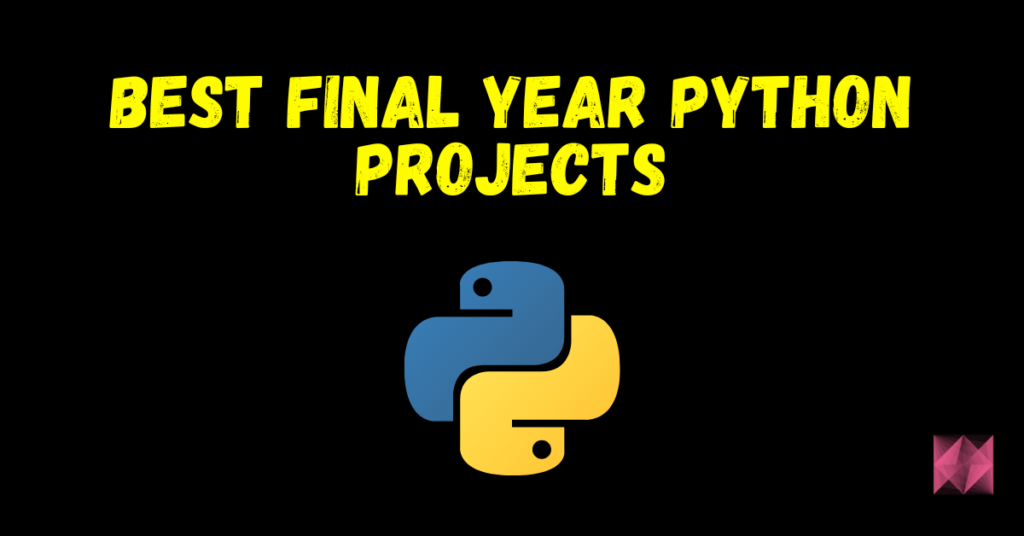
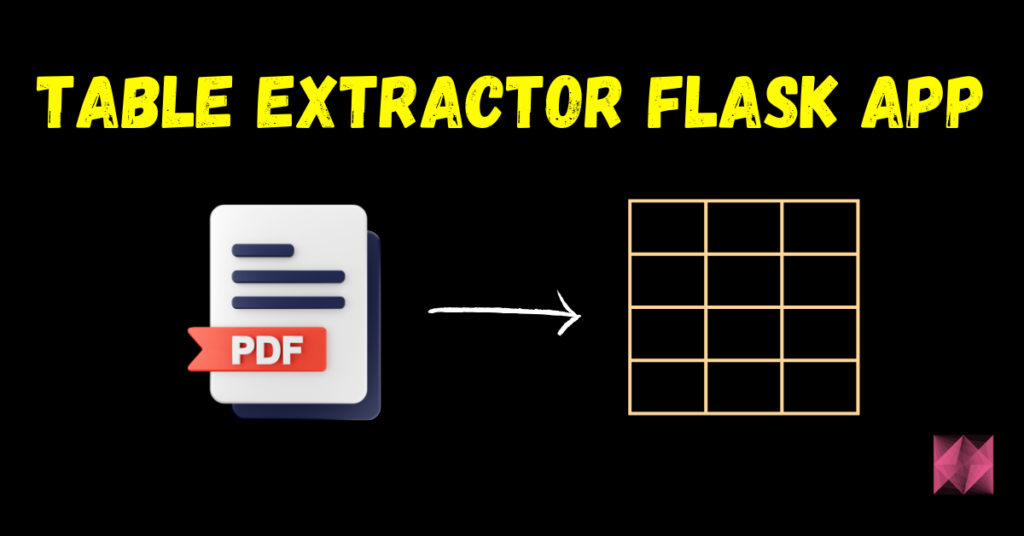
![[Latest] Python for Loops with Examples – Easiest Tutorial – 2025](https://machinelearningprojects.net/wp-content/uploads/2023/05/python-for-loops-1-1024x536.webp)
